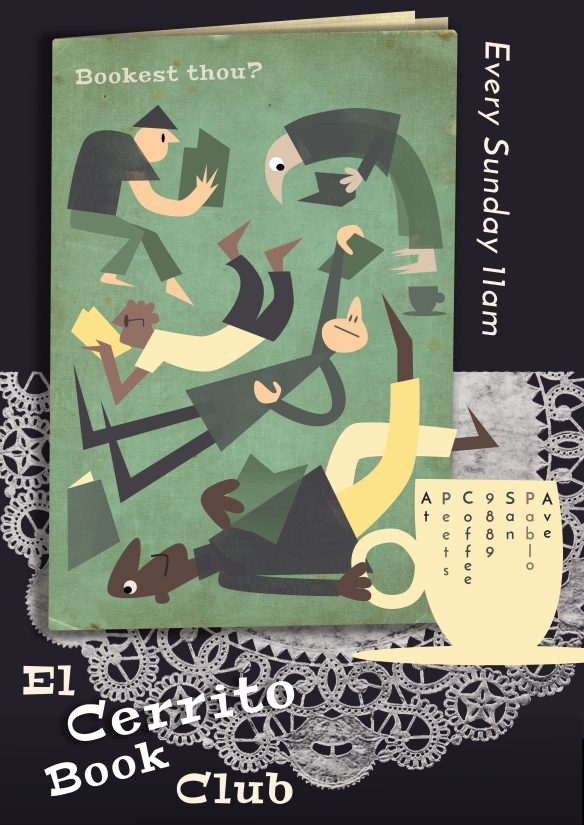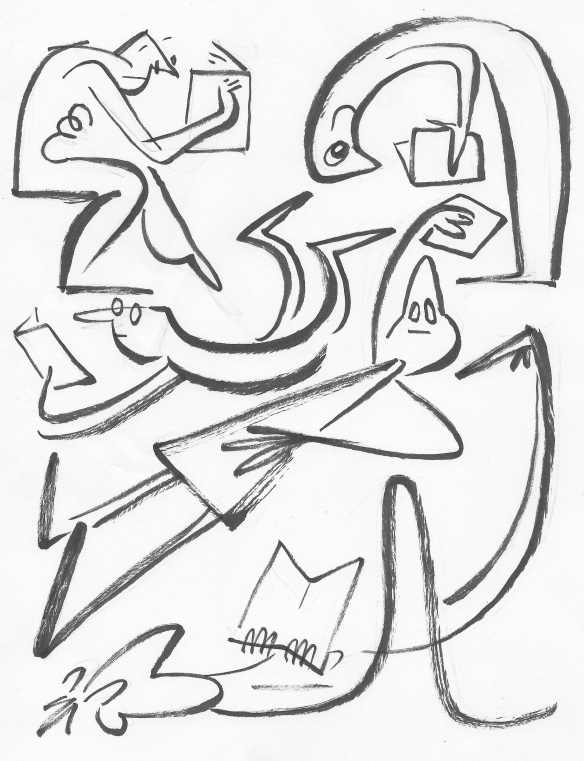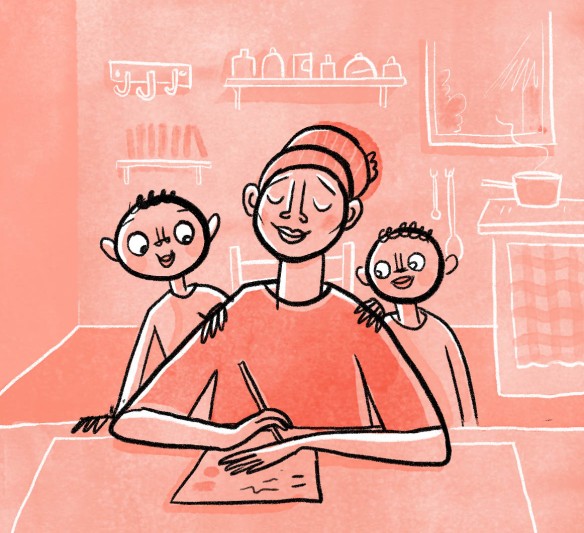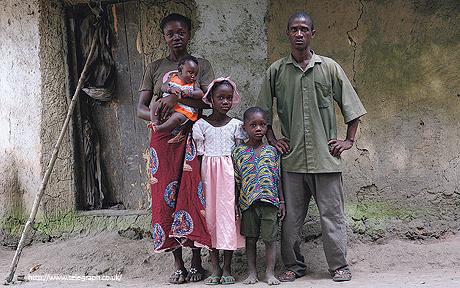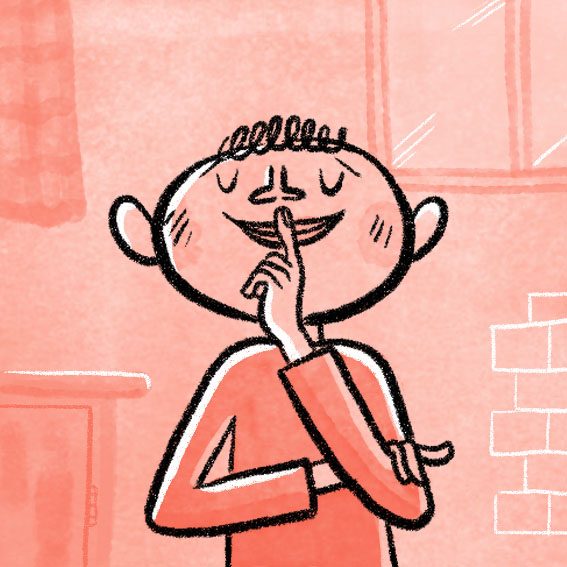Everything I have to say is VERY interesting and important and it’s probably the same with you. So why risk presenting your pearls of wisdom and rubies of wit to people in a way that will cause them to flee the room in fits of bored tears? It is well known that human brains tend to switch off after a certain amount of one particular stimulus and that most people learn better visually than they do through words alone. So how can you expect people to remain focused on 465,000 slides of text delivered in a warm room on a Friday afternoon? Open the windows, give everyone a fortifying biscuit and COMMISSION ILLUSTRATIONS for your presentation. 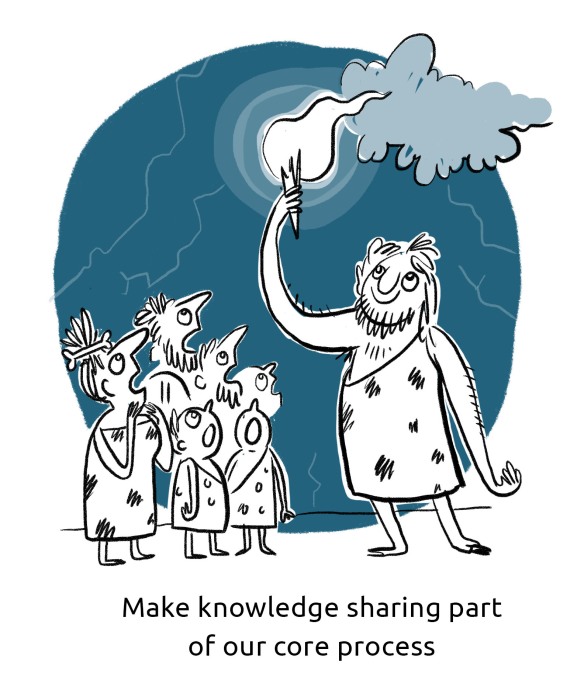
Not just any old illustrations of course. Ramming a load of stock images of smiling people running on a beach at sunset or shaking hands next to a lightbulb is really not going to do the trick. Images like this might be slightly less boring than text on it’s own, but they also smack of laziness and do nothing to delight your viewer. And in the communications business, DELIGHT is King. 
Delight, like Mary Poppin’s spoonful of sugar, often helps the ‘medicine’ go down. Delight is the added sweetness that makes your message more inviting, engaging and memorable. Stock images are not delightful. They’re like they dreary, never-ending stories your grandma tells every time she’s been at the sherry – predictable, dull and meaningless.

Commissioned images on the other hand are like rip-roaring tales told by a skilful raconteur that you can’t peel yourself away from and that keep echoing in your mind long after they’re finished. They are relevant, witty, beautiful and intelligent. They make your client feel cared for, and they are dripping with DELIGHT.
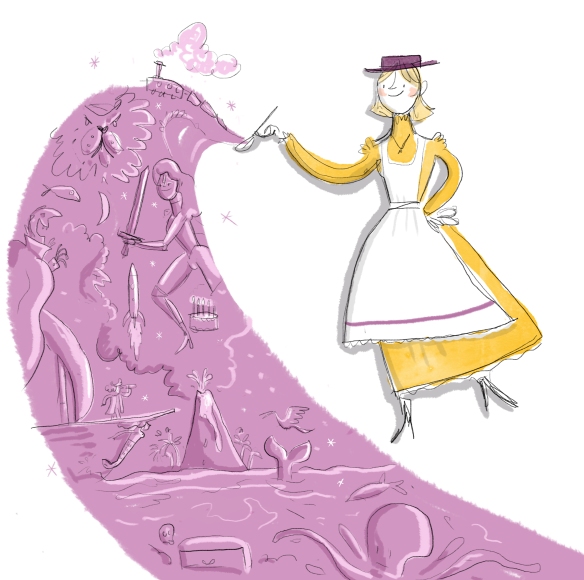
But don’t take my word for it. Using images to get your point across is also scientifically proven to be more effective. Pictures like this may seem daft, but processing images uses a different part of the brain to processing text, so including both in a presentation deck allows the viewer to use multiple parts of the brain at once. It gives the brain some variety of stimulus and allows thrilling new neural pathways to open up. This multi-channel approach actually increases the likelihood of the viewer understanding the information and committing it to memory.
So… FEEL THE RAW POWER OF DELIGHT and strongly consider harnessing the forces of art for your next presentation.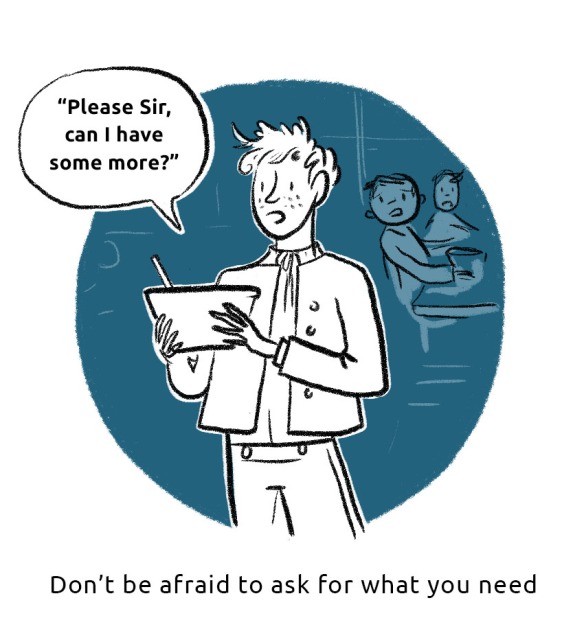
Illustrations made on Photoshop

